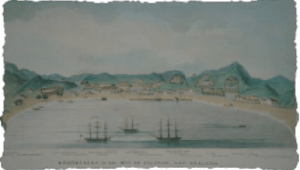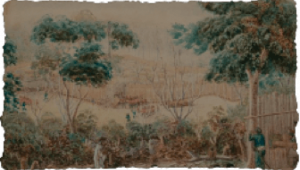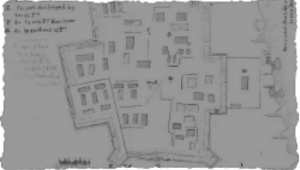
Māori Warfare



In the eyes of some of the early European observers Māori behaved with unbridled savagery. These observers were entirely wrong. Warfare in Māori society was ritualised and controlled according to an established set of rules. The decision to take up arms was usually a last resort, preceded by careful deliberation. The fighting was fierce and bloody, however, Māori war parties did not usually seek to annihilate their enemy. Traditional warfare was not about wanton killing and destruction. It was about seeking utu (repayment) for past wrongs.
Māori were not constantly at war, but they did live with the constant threat of war.1 This fact of life is literally carved into the New Zealand landscape. In the upper North Island in particular the remains of Māori pā are clearly visible on precipitous headlands and hilltops near the coast. Māori developed the art of fortification well before arrival of the pākehā and the musket.
In 1845-6 the British Troops were facing an enemy with centuries of experience in combat. Māori were excellent strategists and tacticians and they had adapted their fortifications to face an enemy armed with guns. The actions and successes of Māori leaders during the Northern War can only really be understood in the context of traditional Māori warfare.
1 This is true of late 18th century Māori in the Northern parts of the country.




